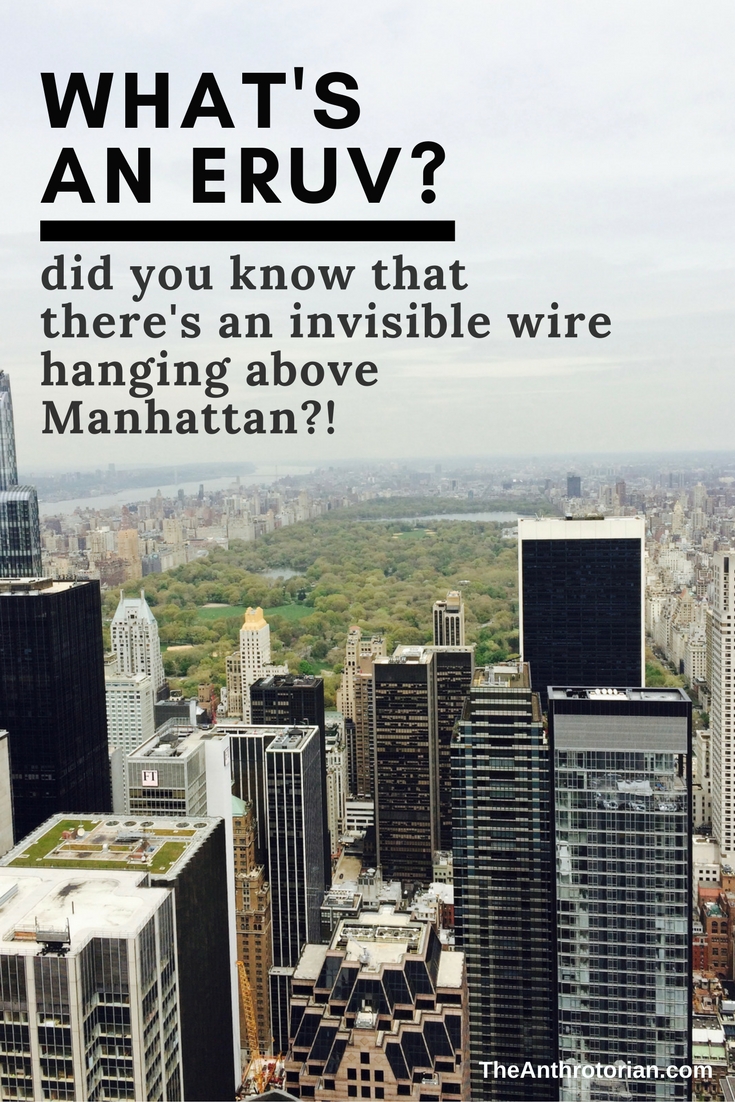1. You will have to plug your car in... like a toaster
Yup, it’s true! It gets SO cold that if you do not plug your block heater into an electrical source so that it keeps your anti-freeze warm, your engine will not start. Most outdoor parking lots have electrical outlets.
2. People who live in cities that are located far to the north (or south depending on the time of year) get SAD
Seasonal Affective Disorder or SAD is a medically diagnosed condition for the 'winter blues' that many people get because of how short the days become. The lack of exposure to sunlight can result in a deep depression. Don't worry though! There are solar lights that you can buy to sit under that are sure to cheer you up!
3. You will need to learn how to layer!
Just because it’s cold doesn't mean that people stay inside. It just means that you will have to wear long underwear, sweaters, snow pants, a neck-warmer, toque, mittens, wool socks, a jacket, winter boots... you get the idea.
4. If you are going to be walking around outside, leave your expensive, stylish, or trendy shoes at home
Because of ice, the sidewalks get covered in sand and salt so that pedestrians don't slip. This can seriously damage leather or suede shoes. Need another reason? It's freaking cold! You need socks and good grip on the bottom of your shoes to keep safe and warm!
5. Wind-chill plays a HUGE part in how cold it feels like outside
It may be –25 degrees Celsius (–13 degrees Fahrenheit), but with the wind-chill it could feel like –40 (–40 degrees Fahrenheit). When the temperature is forecasted, meteorologists will usually tell you how long it will take for exposed skin to get frostbitten so you know how covered you need to be to walk safely outside.
TIP: If you are doing any sport or activities in this chilly weather, cover exposed skin — like cheeks or your forehead — with Vaseline to keep a protective barrier between it and the wind.
6. We don't all live in igloos
Though ice is celebrated through ice sculpture competitions and festivals, nobody actually makes an igloo their permanent home anymore. Houses are extremely well insulated, however, and have to be built a certain way to ensure that any pipe with water running through it will not freeze, burst, and cause flooding.





































